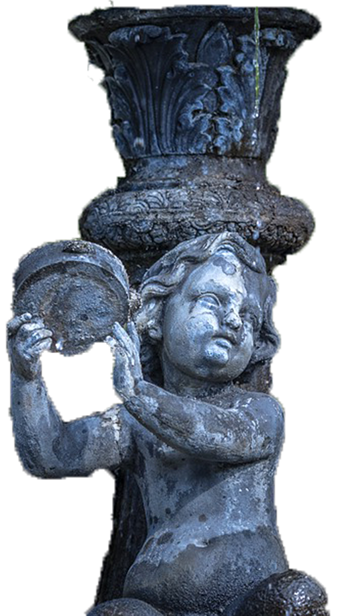
Meanwhile, the Tamil and Maratha work had been carried on more or less by Indian agents supervised by the chaplains of Poona. In later years the native work in that part of Poona was handed over to the C.M.S., who had opened a Divinity School in the cantonment for the training of catechists in 1888, it has remained in their hands since then.
The first strong step towards establishing a permanent mission within the city of Poona itself was made in 1877 by Dr. Mylne, the Bishop of Bombay. He purchased a large native bungalow which still forms headquarter of the mission. It is one a class of bungalow which wealthy Indians at that date were fond of building. You can find curious mixture of Indian and European arrangements, in the front there’s a deep portico, with a large room on it. The rest of the house consists of two large rooms one below and one above with a few smaller rooms opening out of them. The upper rooms have been divided into partitions of cells for the Fathers. Contrary to the more usual native custom, there are windows and doors in all the directions allowing for the air flow, without which an English man in India cannot survive. There is a large compound around the house decorated with shrubs and flowers.
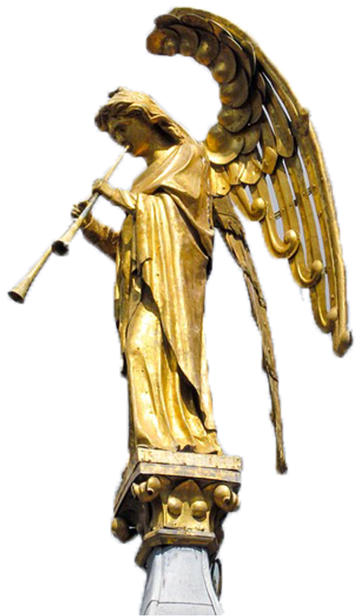
It is interesting to contrast the long lines of mission property which is now spread to both sides of the road. The area was admirably placed for the establishment of a mission, surrounded by native houses. This is a matter of consideration when the health of European workers is concerned. All the experience of later years has confirmed the suitability of the spot selection for the foundation of the Mission.
It was not appropriate that the property was situated in a section of the city which is officially known as Vetal Peit. Vetal, the leader of “Bhuts” (demons) and migrants evil spirit. Poona city Mission is locally known as the Panch Hauds Mission. The translation of these words is “Five Tanks”. These are situated at the side of a small open space adjoining to the Mission House. The record of antiquity indicates it is sunk in the ground in a squared shape neatly aligned with stones and the water has been diverted to the tanks. It is amusing, but also instructive to note that whereas in 1886, in the invitation to some lectures at the Church of Holy Name, the position of the church was described as being near to the house of Mr. Bhau Manseram (a wealthy Hindu). By the year 1901, the situation was reversed and Mr. Bhau Manseram, issuing invitation to a party at his house indicates the position that it is near to the Panch Haud Mission.
So here it was that the Rev, Benjamin Dulley, now of Peter’s, London Docks, who had come out from England as the Bishop’s Chaplain was placed by him in charge of the undertaking, and took up his quarters in the newly-purchased Missions House. He was shortly joined by the Rev, Cencil Satisfied Rivington who came to India in December 1877 with some other helpers, including the Rev. C King, a layman is now a well-known in connection with the S.P.G Missions.
It would be difficult for anyone to get acquainted with Indian to estimate the amount of faith to lay the foundation of working in such surroundings, especially with Poona citizens. He had to face many difficulties. The language barrier was one of them. The powers of evil had combined against aggressive Mission enterprises in a heathen city, where Satan had full sway. It doesn’t relinquish any part of his kingdom without a prolonged struggle.
The life of workers was also under circumstances of special stain: not merely because of possible issues with the health, but the perceptible hold of the devil over a heathen country which was felt by the faithful Christians as well. For this, a special effort was needed not only to keep the spiritual life from drooping but also hopes from flagging.
Though the effects of claims on some constitutions are one of the perplexities which attend Missions in tropical countries and Poona was well within the Tropical zone. It is also remembered that there are many who kept comparatively well in the genial heat of Indians who could live in the climate of England. Also at the time when the Poona city Missions began it would have seemed a much harder task to make any impression on such city than today.
From the first, the Sisters of St. Mary at Wantage had shared in the work of Mission when the Rev. Louis Mylne was appointed to the Bishopric of Bombay. He then appealed the Community for Sisters to work in his Diocese. The commitment of six Sisters to go in the autumn of the following year was the ready response to his appeal. But in November 1877 when all were ready for their departure, Sister Rebecca was deterred from going to medical grounds. Her life of services for Indians was to be exercised under the privilege of suffering at home. Her memory is perpetuated in the mission, for which she offeredherself in the walls of the convents and some of the schools adjoining. Those buildings were erected with money which she had been allowed to will for the benefit of Indian women.
By the end of the year, the school has increased and improved under their care, the Sisters appointment became a permanent one and continues till this date. The School is closed to St. Mary’s Church, and is under the management of the Chaplain of Poona. It is mainly for Europeans and besides for scholars, children come as a boarder from other parts of India. When the Sisters took the charge, the school was comparatively small and now it has become an important institution, exercising a great influence for good, amongst the children of the residence in the Camp area and elsewhere. So far as the fathers act as chaplains to the Sisters the schools is quite independent for the mission with regards to finance and management.
There were numerous difficulties in securing a permanent site for the Sisters’ Mission work. In 1882, they moved from their temporary adobe. This was near to St. Paul’s Church at Cantonment in Wanowrie, which was on the outskirts of the cantonment. It was not an ideal situation but they were able to secure three large bungalows, one of which was originally been the mess hall of East India Company’s regiments and contained a fine room capable of being adapted as a chapel. For few years their whole work was shifted there. The huge disadvantage of this locality was it was three miles away from the headquarters of Mission, Panch Hauds.
With the acquisition of the house, Sisters and other workers were able to turn in to get two-three weeks off yearly. Unfortunately, the accommodations were limited there. As
the number of workers was increasing they had to sell that property. Subsequently, they bought a new site at Panchgani, another hill station about 4000 feet above the level of sea, they built a simple but convenient Rest House there, which was blessed and opened on Easter, 1902.
In 1886 the Sister was asked by the Government that the Hospital has been largely used by the people of our own Mission. Several Hindus have been baptized whose conversion has been due to what they had experienced about the Christianity during their stay in the hospital. The block for Europeans was a great boon to the English people living in Poona, and the Staff at Panch Hauds owes a great debt to their skill and kindness.
Some attempts had been made to train Indian Christian girls as a nurse for the native wards but they didn’t get to taste any success in their first attempt. The work was very difficult and perhaps the first probation was too young. Later efforts with some mature women gave them the promise of success.
In January 1888, the Sisters entered on this new field of work and took possession of the bungalow which was fitted up
for their use in the Hospital compound by the government.
In 1890 another bungalow was built for the accommodation of dozens of nurses. The nurses were not only working in
the hospital but also doing urgent cases of outsiders; it was either near to the city or up the country. This supplied a pressing need amongst the English resident in western
India. In 1908 an additional nurses’ block was built.
It took a time to break down the native prejudice against the hospital, but gradually Christian tact and sympathy overcome their scruples. Though direct Christian teaching was not allowed to be given to the heathen except at their request who take advantage, yet indirectly a great deal of practical Christianity was being continuously perched by the lives of those who minister to their bodily needs.
The home authorities have always responded generously
to the request for more Sisters. As the Indian work was developing the Community thus represents a powerful
force of devoted workers.
The congregation outgrew the small chapel and the subscription list for the new Church was opened in 1879. In that process of time, they raised the sum of 4000 and with that they laid the stone foundation in September 1883 by the Bishop of Bombay. The building was completed by the Christmas in 1885, as to allow the Christmas services to be held in it.
The inside part is most impressive and is built in the style of a basilica. In the chord of the apse stands the High Altar a magnificent structure, containing a beautiful combination of delicate colored marbles and alabaster. It was made in Plymouth in the memory of Mr. Ambrose Harmar, and the gift of his widow. She subsequently gave a large silver-gilt chalice, paten, and ciborium in the memory of her son. This permanent altar was not removed for some years.
The floor is paved with white and black marbles. The classy paving arrangement and the whiteness of the interior, only relieved by a little gilding in the arches of the sanctuary which is very pleasant to eyes in summer. The nave is separated from the aisles by lofty pillars. At the end of the north aisle is the little Chapel of our Lady.
It helps to impress the importance of the Sacrament of Baptism. The Baptistery itself was cut on one of the marble flags in front of the western door. The Mission will be grateful to Sir Swinton Jacob's kind interest and to the diligence and fidelity of the Indians whom he sent from Jeypore to put up the Font.
One of the munificent gifts which the church has received is a lofty bell and clock tower which is 130 feet high with a ring of eight fine bells cast by Taylor and Sons from Loughborough, and each bell has the Holy Name of Jesus. The tower was begun in August 1893 and was finished in 1898. The fourth great deal was still boarded over because the donor for the clock has not appeared as yet. Above the clock room, there’s a bell chamber which forms a platform above the bells. The tower can be seen from a long distance. From the very start, the church has been in constant use every day. The public services are majorly in Marathi language. The Holy Eucharist is celebrated daily in the morning at 6.30 am and this has been continued since the beginning of the Mission.
If the preacher is not well acquainted with the Marathi language to preach in the vernacular he has to enlist the services of an interpreter which is rather a cumbersome and difficult task for giving instruction. The first of several courses of lectures in English about religious subjects were given in the church on 1886. They were meant for well-educated Hindus as well as for the Europeans from the Camp area who might care to come and this continued for some years. The lectures were given by Bishop Mylne of Bombay, Bishop Barry the Priests of Oxford Mission from Calcutta, the Cambridge Mission of Delhi, the Dublin Mission in Chota Nagpur, the Mission clergy and others.
Lectures in the Church have been discontinued of late years because of the growth of the Christian community at Panch Hauds. It was rather an obstacle for the Church from being a Mission to the heathen in the sense that it was once. The sermons and instructions are not much suitable to Hindus because they are now chiefly addressed to the Christian congregation, which needs to be carefully built up in Faith.
Indian Christians are not that responsive to the call, especially when the responsibility is given to their hands. A monthly parochial magazine, Pavitra Nam (in Marathi) which means "The Holy Name" was begun in December 1906, under the editorship of the Rev. Reuben Dhawle, and has now outgrown its parochial character, and seems fulfilling a useful purpose in providing sound teaching and interesting content in the vernacular. In 1882 it became necessity to provide the Mission with a cemetery of its own. Two acres of land was purchased for Rs. 310, two miles away out in the country, near the rifle ranges. And here many mounds which are now filled with nearly half the ground tells about the number of Christians who have entered into rest. In 1889 Sister Beatrice was buried here who died at St. Mary's High School in the Camp, and in 1891 the body of Sister Lydia was laid to rest.
But the Sisters’ work began under perplexing and difficult circumstances. The bishops, under whom they were labored, had been brought almost to death’s door by enteric fever and when in the good providence of God, she was sufficiently convalescent to be invalided home onto the ship where the little band of mission’s workers had sailed passed the Bishops on her homeward voyage. They had hardly settled into temporary abode in a compound which is now occupied by the C.M.S Divinity school, when Sister Sophie Ruth fell ill with the same fever and went to her rest.However, the opportunities of usefulness developed soon. The great famine of 1877 and 1878 in Western and Southern India left thousands of staying children to be provided for by Christian charity and an orphanage was opened by the sister was quickly filled up with the girls.
Also within six months of their arrival in India, they were asked to take temporary charge of the girl’s school in Poona Cantonment known as St. Mary’s high school on account of a sudden death of the head misters.
There was land on the north side of the Panch Haud where the Church was built for the Sister's purpose. Owing to the jealousy of Hindus at the commencement of a Christian settlement in the city, and acquiring additional property seemed as a disappointment. However, in 1886 the ground where the Sisters had deemed their most desires was unexpectedly offered to them and the purchase was completed without delay. The large bungalow which stood on the site was in a bad condition from the ravages of white ants and had to pull down. Later on, it was replaced by the Convent for the sisters and suitable buildings for the Girls’ School.
On 1888, the foundation stone was laid on the Feast of the Holy name. The whole building took a year to complete. In 1891 the Convent Chapel was enriched by a carved screen and canopied stalls, made in the Mission workshop. It may be added here that in 1800 the Sisters had acquired a bungalow to use it as a Rest House at Matheran, a small hill station between Poona and Bombay. In the hot summer days and for some other time around the year a change was a necessity for them to breathe from their strenuous lives.
In 1895 the Sisters had lost their local Superior, Sister Elizabeth, who had returned to India after years of interval, she survived for nine months only, buried at Matheran. She was succeeded by Sister Emily Clare who was made Mother provincial in 1898. Owing to
the growth of the work in India, and the increasing
numbers of sisters working in the country, the home
Council hought it is advisable to give them extended
powers of self-government, and more freedom to adapt
their methods to the conditions so Poona became a provincial House governed by a Mother, nominated by the Mother General at Wantage.
In 1904 the Community, on request of the bishop of Madras, became responsible for the undertaking of nursing of the genial Hospital in Poona, built by Sir David Sassoon, and named after him; it is a fine stone building on the borders of the cantonments and about two miles away from Panch Hauds. It contains many spacious wards for Indian patients and has smaller rooms for special cases. Of late years it has been largely renovated and improved and added to a new well-appointed block for Europeans built. From the first, no efforts had been spared to make this a useful charity.
The first printed report of the Mission in 1882 gives the number of lads and boys as 50, girls 52, adults and their families 62, Catechumens 10, and the total was 174. The report goes on to say "With these numbers, we are beginning to form a Christian settlement in this corner of the City, and it is our earnest hope that it may prove to be a real center of devotion. The power of which will make itself to be felt upon the neighboring heathen". It is interesting to note that, whereas in 1882 report the number of communicants at Easter was given as 49 and in 1910 they were about 380 and these figures represent the great growth of the Mission.
When the Mission began, the Marathi services were
held at St. Paul's Church by the permission of the chaplain. But this necessity was only a temporary arrangement because the St. Paul's Church was outside the Poona City and a church within the heathen City was absolutely necessary. The first Christian Church in Poona City was a room in the Mission bungalow at Panch Hauds and it is now used as a choir vestry.
Its permanent marble altar was erected in 1898. It was given by the father of Major Kershaw, New York, and Lancaster Regiment in the memory of his son who died a soldier’s death in Mashonaland. It was made at Jeypore in Rajputana, under the direction of Sir Swinton Jacob. This altar is plain compared to High Altar but has rich records of carved teak, the gift of the brothers and sisters of Father Relton. The names of the priest and the soldier are cut side by side on two marble flags of the chapel floor.
The west end of the Church was left plain for many years with the hope of possible extension in the future. With this growth of the congregation, increased space became a necessity and was completed in 1905. This has added much to the beauty of the building and had brought it into admirable proportions. A large Front made of marbles has been placed in this Baptistery in the memory of Dean Butler of Wantage and was
blessed by Bishop Pym on Whitsun Day, 1906.
The daily Matins is in English and the songs are in Marathi. There are Sermons and Classes on Sundays and weekdays, and some special services on a special season. The great Sunday service is the Choral Eucharist at 7.30 am. It is a wonderful sensation, after passing through the City of Poona on an early Sunday morning, with the shops opening, crowds of heathen people going to work, and all the glaring sights and sounds of a city wholly given to idolatry, to come out of the dust and turmoil into the quiet cool Church of the Holy Name, and there to find it filled from end to end with kneeling men and women and children, while the Holy sacrifice is being pleaded at the Altar, and Christ is visiting His people. On the big festivals, in particular, the Church presents a magnificent appearance; and the large and devout congregation and the evident simplicity and reality of those who assist in the services have often favorably impressed persons not accustomed to, and even prejudiced against, elaborate ceremonial. But it is seldom that a white face is seen in the congregation, except those of the English workers, and occasional soldiers from the Camp area.
A mission station, and eventually another church, more in the heart of Poona city, which would address more directly to the heather and it seems a pressing need now.
The first of many subsequent ordinations was held in the Church of Holy Name in September 1886, and the first Retreats for clergy was held in the Poona City Mission House in 1985. Many priests and laymen visiting India, or working in other Missions, have stayed there for longer or shorter periods. Visitors interested in Mission work, or desiring a peaceful time for spiritual purposes, are always welcome. Ladies are also received in the same way at the Convent of St. Mary the Virgin.
Efforts are being made, and some progress has resulted in the direction of getting the members of the congregation to make themselves responsible for the expenses of the church, and also for the management of such matters as come lawfully under their control. In the early days of a Mission station, when the Christian were very less, it was impossible for them to support the church themselves.
She died while treating cholera patients at the Sassoon Hospital, she was contracted the disease herself. It is an instance of curious little complications that may arise, through the ignorant opposition. In early days of Mission enterprise, a Hindu was succeeded in burying a dead horse in the Mission cemetery soon after its acquisition. The Desecration was soon done by some of the faithful. But the opposition of a spiteful or vindictive character is very rare nowadays. An annual service is held in the cemetery on All Soul's Day, and the entire Mission gathers there and goes in procession round the ground, singing Litanies and hymns. The graves are beautifully decorated with flowers and lighted tapers by friends. Thus in these varied ways, the Church of the Holy Name is the root and the center of all the work. May it become more a center of the beauty of holiness, from which the true Light may shine into the darkness around!
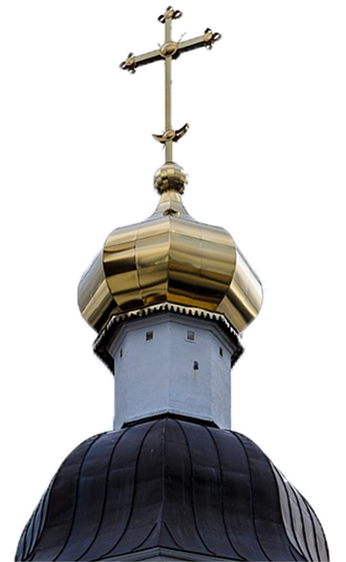
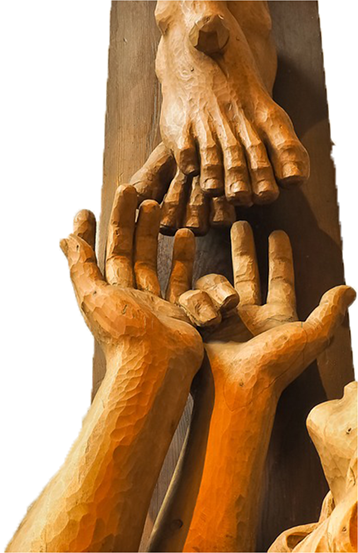
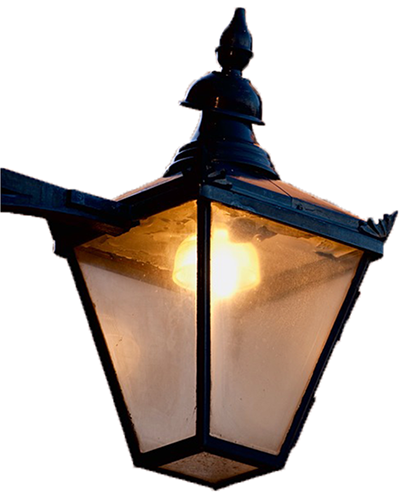
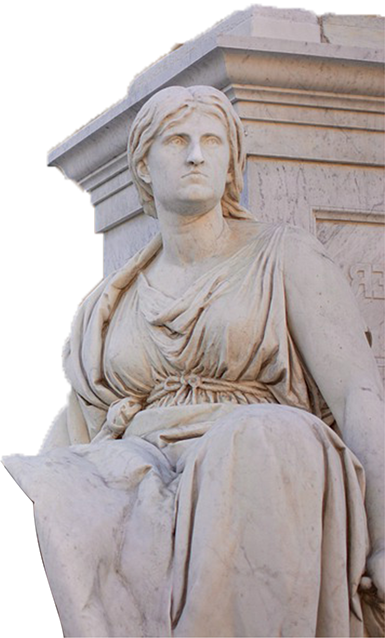
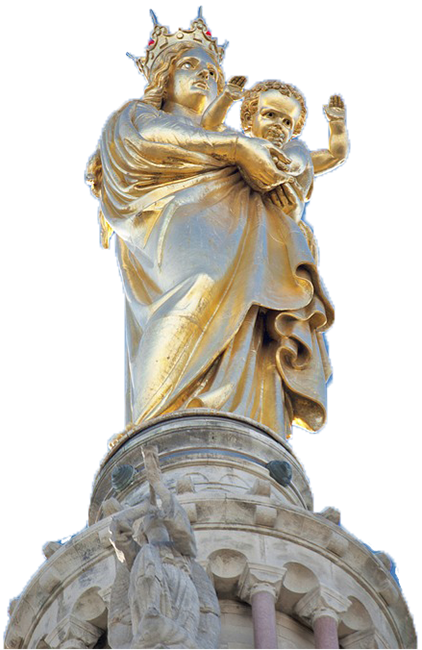
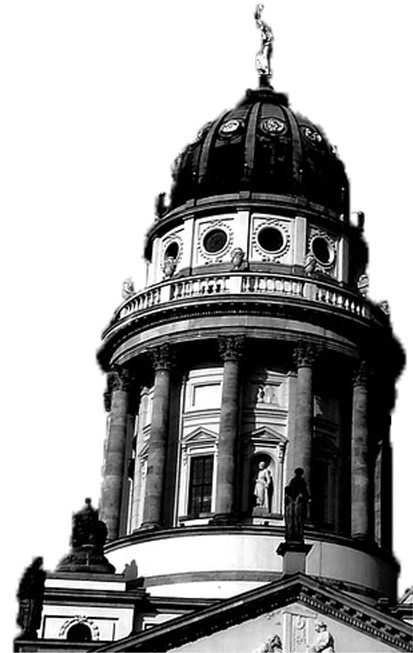
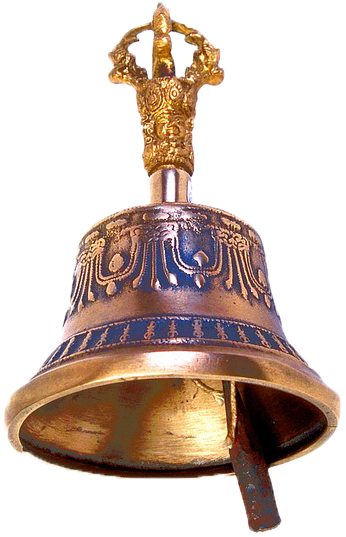
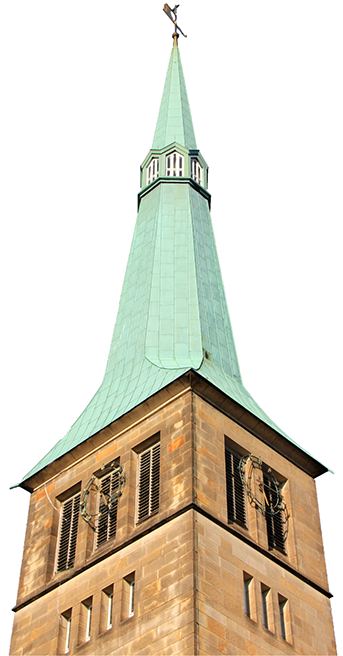
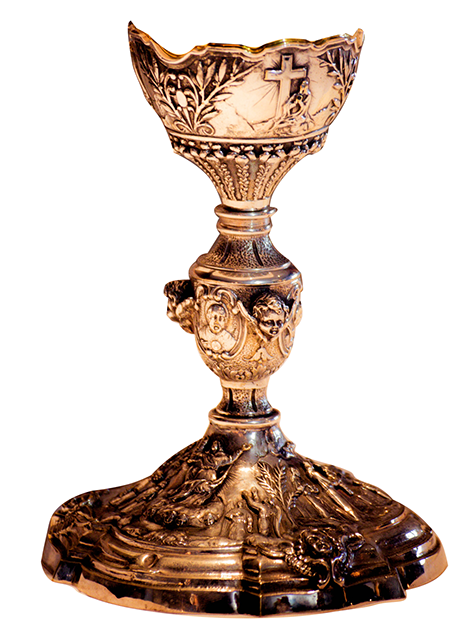
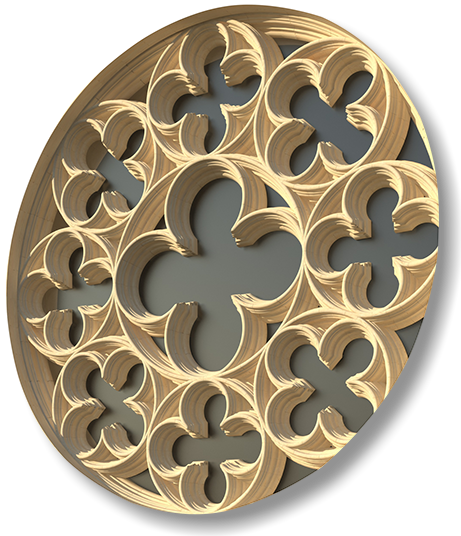
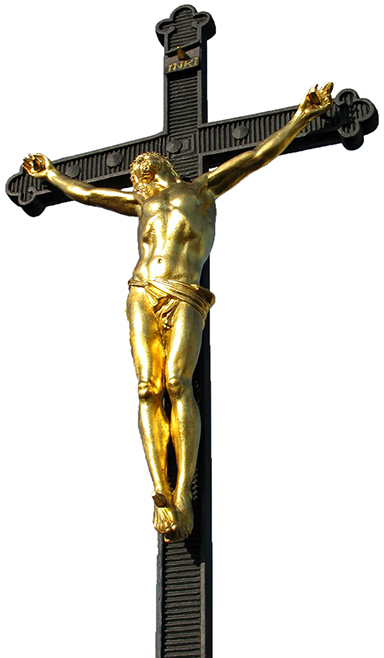
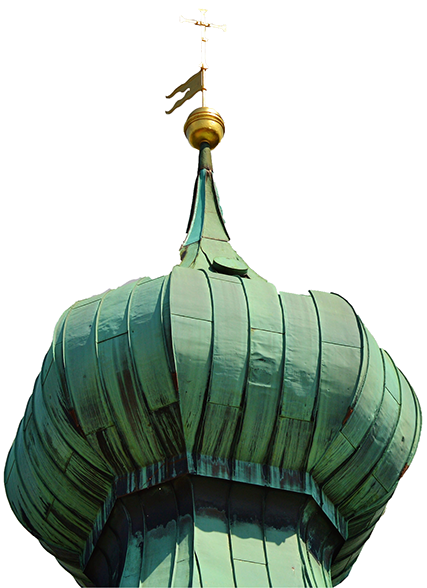
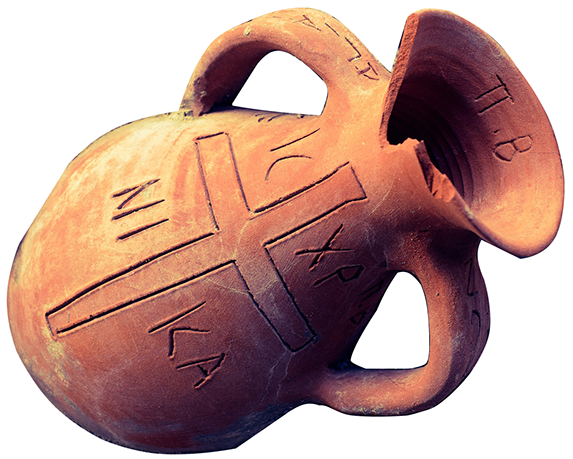
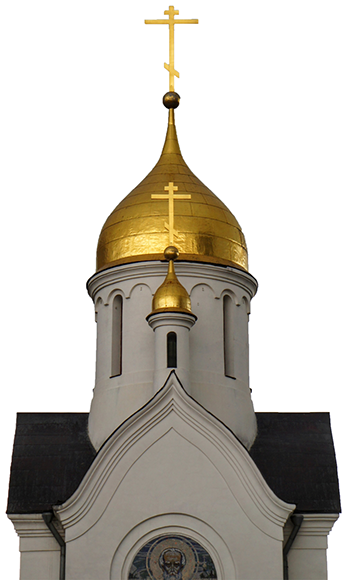
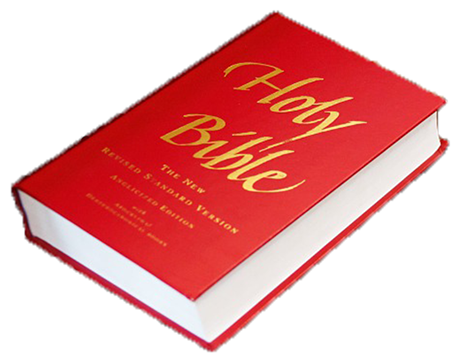
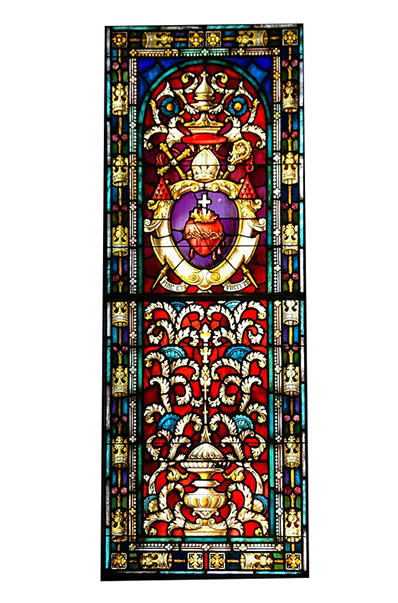
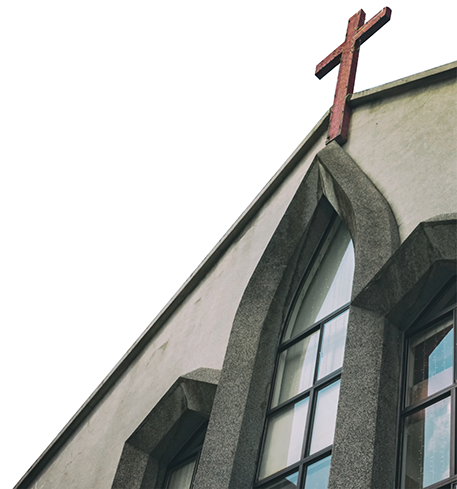
© 2017 Crafted by Makeovers | All Rights Reserved